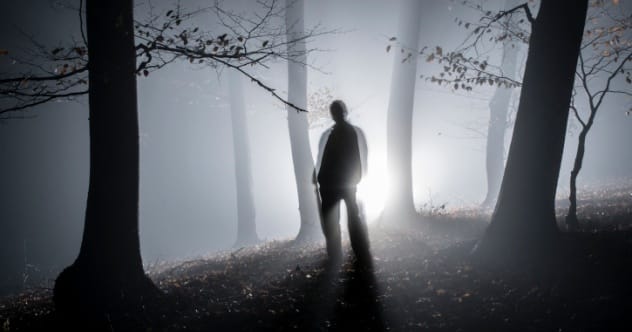History is filled with strange and unexplained events. Even as the 19th century brought much learning about our world, many enigmas remained. Mysterious happenings, odd crimes, and unexplainable occurrences were common. Here are ten of the most bizarre accounts from that era, where the line between truth and fiction often blurs.
10. For Whom The Bell Tolls
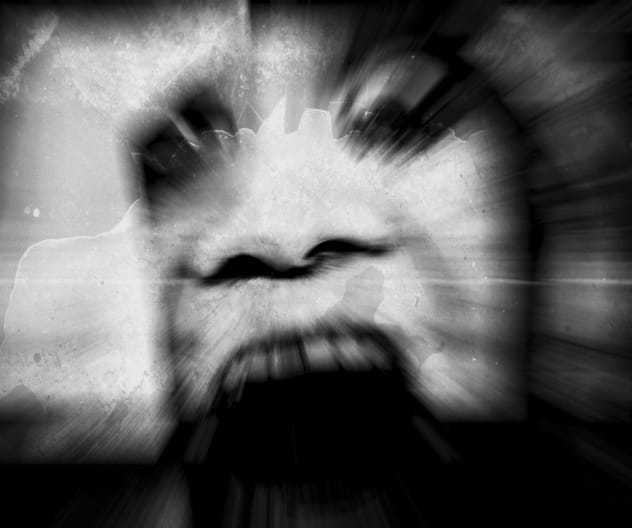
Around 2:00 AM on August 6, 1801, Sir Jonah Barrington, an Irish judge and politician, along with his wife, experienced something truly unsettling. Lord Barrington was awakened by a soft sound, described as a mix between a voice and music, which filled him with an inexplicable dread. He woke his wife, who also heard it. The sound grew louder and more mournful, seeming to come from everywhere at once. Standing by a window overlooking their garden, the sound suddenly appeared to emanate from an empty patch of grass below.
After about 30 minutes of this strange, wailing sound, a deep, sobbing sigh was heard, followed by the distinct cry: “Rossmore! Rossmore! Rossmore!” Then, silence fell. The Barringtons returned to bed, with Lady Barrington trying to rationalize the event and making her husband promise not to mention it. However, at 7:00 AM, a servant brought terrible news: their neighbor and family friend, Lord Rossmore, despite being in fine health, had died at 2:30 AM.
9. Strange Tidings from the Sea

Around 1830, on the Scottish island of Benbecula, a peculiar event unfolded. A local woman, intending to wash her feet at the reef, spotted a “creature in the form of a woman in miniature” swimming nearby in the calm sea. She called others, and soon a group gathered to watch the small creature swim and perform somersaults. Some men attempted to approach it, but it swam away. Boys then threw stones, one of which struck the creature in the back. A few days later, its body was found washed ashore about two miles away.
Large crowds came to view the find. It was described as being the size of a well-fed child of three or four years, with unusually developed breasts, long, dark, glossy hair, and soft, white skin. The lower part of its body resembled a salmon but lacked scales. In essence, it was reported to be a mermaid. The body was respectfully buried in a small coffin near where it was discovered.
8. The Leaping Terror of London
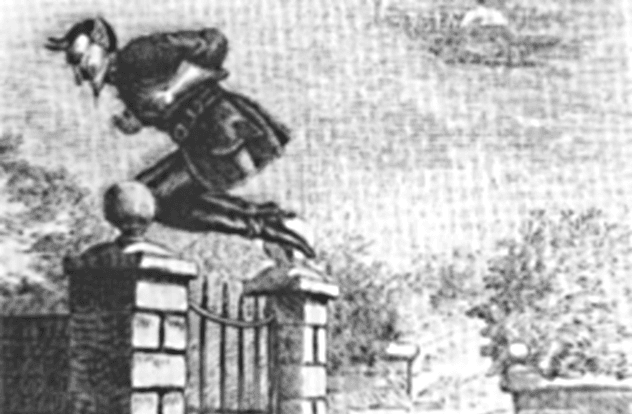
In 1838, the Victorian public was captivated by the antics of a mysterious figure known as “Spring-Heeled Jack.” He earned his name by escaping capture through incredible leaps over hedges and into the darkness. On January 8, the Lord Mayor publicly read a letter warning about someone in disguise frightening villagers east of London. The Lord Mayor sternly warned that such behavior wouldn’t be tolerated in London proper.
Despite this, on February 20, young Jane Alsop answered a frantic ringing at her gate. A man dressed as a policeman called for a candle, claiming to have caught Spring-Heeled Jack. As Jane brought the candle, the man revealed a hideous face and vomited blue flames at her before attacking her with iron claws. Her sisters helped pull her back inside. When the police were called, Jack bounded away.
Jack struck again on February 28. Two sisters, Lucy Scales and her sibling, were walking home when a figure emerged from a dark alley and spurted blue flame in Lucy’s face. As her sister rushed to help, the attacker simply walked away. Police investigations yielded no suspects, and Spring-Heeled Jack’s true identity remains a mystery.
7. Truth Wins Out: The Barren Grave

In Montgomery, England, an odd situation began in 1821 and reportedly lasted for about a century. A man named John Newton was accused of attempted highway robbery by two men, Parker and Pearce. Based solely on their testimony, Newton was convicted and sentenced to death. Newton, relatively new to the town, was a bailiff at Oakfield manor and had saved the estate from debt. He had also caught the eye of the manor’s daughter. When asked for a final statement, Newton proclaimed his innocence and prayed that, as proof, no grass would grow on his grave for at least one generation.
Newton was executed and buried in the Montgomery churchyard. True to his dying wish, his grave remained bare. When author S. Baring-Gould visited in 1903, he found the grave still devoid of grass. Parker, whose ancestors once owned Oakfield and who hoped to reclaim it, became a drunkard and died in an accident. Pearce, who desired the manor’s daughter, became despondent and wasted away.
6. The Toad in the Hole

On April 7, 1865, workers digging a tunnel through magnesium limestone in Hartlepool, England, made an astonishing discovery. They broke open a large stone to find a cavity perfectly encasing a live toad. Once freed, the toad began to move and, after some effort, started to breathe and make a loud “barking” noise, especially when touched.
Upon examination, the toad’s mouth was found to be sealed; the barking sound came from its nostrils. Its forefeet claws were turned inward, and its hind claws were much longer than those of common British toads at the time. The stone was unearthed 25 feet below the surface and at least 8 feet from any water source. The toad lived for some time and was studied by several people. Rev. Robert Taylor suggested the toad could be around 6,000 years old, given the rock formation it was found in.
5. Unidentified Flying Discs Over England

Something strange occurred in the skies above Chatham, England, on November 4, 1867. Between 3:00 PM and 4:00 PM, in broad daylight, multiple witnesses saw unidentified flying objects near the town reservoir. Countless black discs, appearing in groups and scattered, moved rapidly through the air.
These objects were visible for at least 20 minutes. When they passed in front of the sun, they resembled large cannon shots. However, they might not have been solid, as they were observed to vanish suddenly, both individually and in groups, leaving behind only puffs of gray-brown vapor like smoke. Witnesses wrote to Symon’s Monthly Meteorological Magazine to report the phenomenon and seek an explanation, but the editor had no answers. No definitive explanation exists to this day.
4. A Providential Dream Leads to Discovery

Dr. E.A. Wallis Budge, renowned head of the Egyptian Antiquities Department at the British Museum, had a remarkable experience as a student at Cambridge University. He had an opportunity to manage a prestigious exhibition, but it hinged on him passing an exam in the ancient Assyrian language.
The night before his test, Budge had a vivid dream. He saw himself in a small room with a skylight, where a man handed him a paper to translate. Budge recognized the text but couldn’t translate it, waking up frightened. He had the same dream twice more. Unable to sleep, he lit a fire and began reading a book of Assyrian texts. He found texts very similar to what he’d seen in his dream. Driven by curiosity and sleeplessness, Budge spent the night translating this text, achieving a reasonable English version by morning.
When Budge arrived for his exam, the main hall was full, so he was led to a quiet side room near the kitchen – small, with a skylight, just like in his dream. The examiner then presented him with the test, which was exactly the same text he had spent hours translating. Budge passed and secured the exhibition.
3. The Woman in Black of Cheltenham
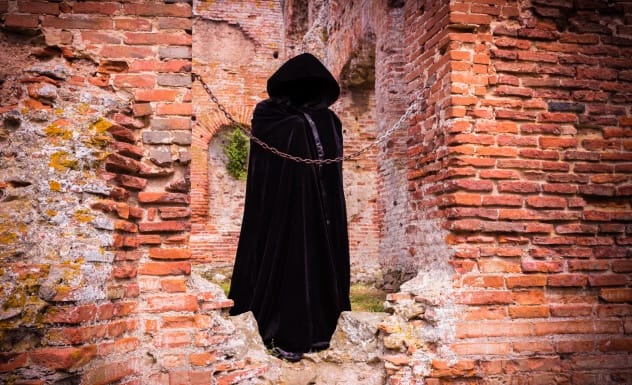
From 1882 to 1892, a well-documented haunting took place in a large house in Cheltenham, England. Captain Frederick William Despard’s family moved into the house in 1882. Soon after, his daughter, Rosina Despard, heard a noise outside her door one night. Expecting her mother, she opened it to find a ghostly woman dressed in black, holding a handkerchief to her face.
This initial encounter spurred Miss Despard to investigate. She tried to communicate with the spectral figure several times, but the woman in black never responded. When Despard attempted to touch her, she felt nothing; the figure was insubstantial. The woman in black was even seen walking through thin strings placed across the stairs without disturbing them. On two occasions, the family dog rushed excitedly to the stairs, as if to be petted, only to suddenly tuck its tail and hide. While not everyone in the house saw the apparition, all heard unexplained footsteps in empty parts of the house.
By 1885, loud, motiveless noises and self-moving door handles became common, scaring away many servants. However, by 1892, even the footsteps had ceased, and the haunting apparently ended. The Society for Psychical Research investigated, publishing Miss Despard’s notes under the pseudonym “Morton” to protect the family’s privacy.
2. Unidentified Flying Creature of Tombstone
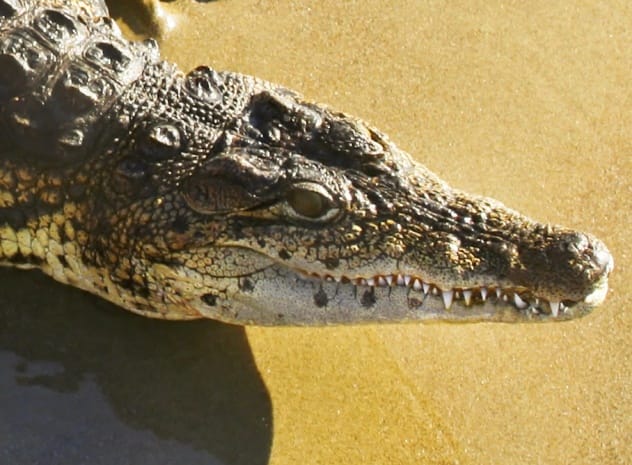
On April 26, 1890, the local newspaper in Tombstone, Arizona, reported an extraordinary event. Two ranchers returning from the Huachuca Mountains encountered a gigantic monster resting on the desert floor. The creature was described as resembling a huge alligator with a very long tail and immense, leathery wings. Upon seeing the men, it took to the air, appearing exhausted. The ranchers, after gathering their courage and rifles, pursued the flying beast. They managed to shoot it, and after the creature turned on them unsuccessfully, it was eventually killed by their gunfire.
An examination revealed the creature’s body measured an astounding 92 feet long, with a wingspan of 160 feet. Its body was hairless and featherless, with smooth skin that was “easily penetrated by a bullet.” The men planned to skin their prize, and several prominent Tombstone citizens reportedly rode out to view the carcass before it was processed. Nothing more was heard of this beast. Was it an elaborate hoax, or, as some have speculated, did these cowboys encounter a surviving pterosaur?
1. Lost and Found Through a Dream

Bertha Huse vanished on the morning of Saturday, October 1, 1898, from her home in Enfield, New Hampshire. She left before her family awoke, and neighbors saw her heading towards Shaker Bridge. When she didn’t return by afternoon, her worried family initiated a search. Hundreds of men searched the nearby woods and lakeshores over the weekend without success. A diver was then called to search the lake, focusing on the area around and under Shaker Bridge. He searched all day Tuesday and Wednesday but found no trace of the missing woman.
On Wednesday evening, Mrs. Titus, a woman living four miles from Enfield, had a peculiar dream. She awoke in a trance-like state. Her frightened husband shook her fully awake, and she complained, “In a moment I should have found that body.” She fell back asleep and later awoke in the same trance. This time, her husband quietly questioned her about what she was “seeing.” Mrs. Titus responded only to questions about Bertha Huse. She described Huse walking onto the bridge, stepping onto a jutting beam covered in white frost, slipping, and falling into the timberwork beneath. Her body, Mrs. Titus insisted, was head-down under the bridge, with only one shoe visible.
On Thursday, Mr. and Mrs. Titus went to Enfield and spoke to the diver, who then searched the spot Mrs. Titus had described. The body of Bertha Huse was found 18 feet deep in complete darkness. She was indeed head-down in a hole, with just one shoe sticking out, obscured by weeds, and only locatable by touch.
These accounts from the 19th century offer a fascinating glimpse into a world where the line between the known and the unknown was often blurred. Whether rooted in fact, folklore, or fabrication, they remind us of the enduring human fascination with the mysterious and the unexplained.
Which of these bizarre 19th-century stories do you find most captivating? Do you have any theories? Share your thoughts in the comments below!


